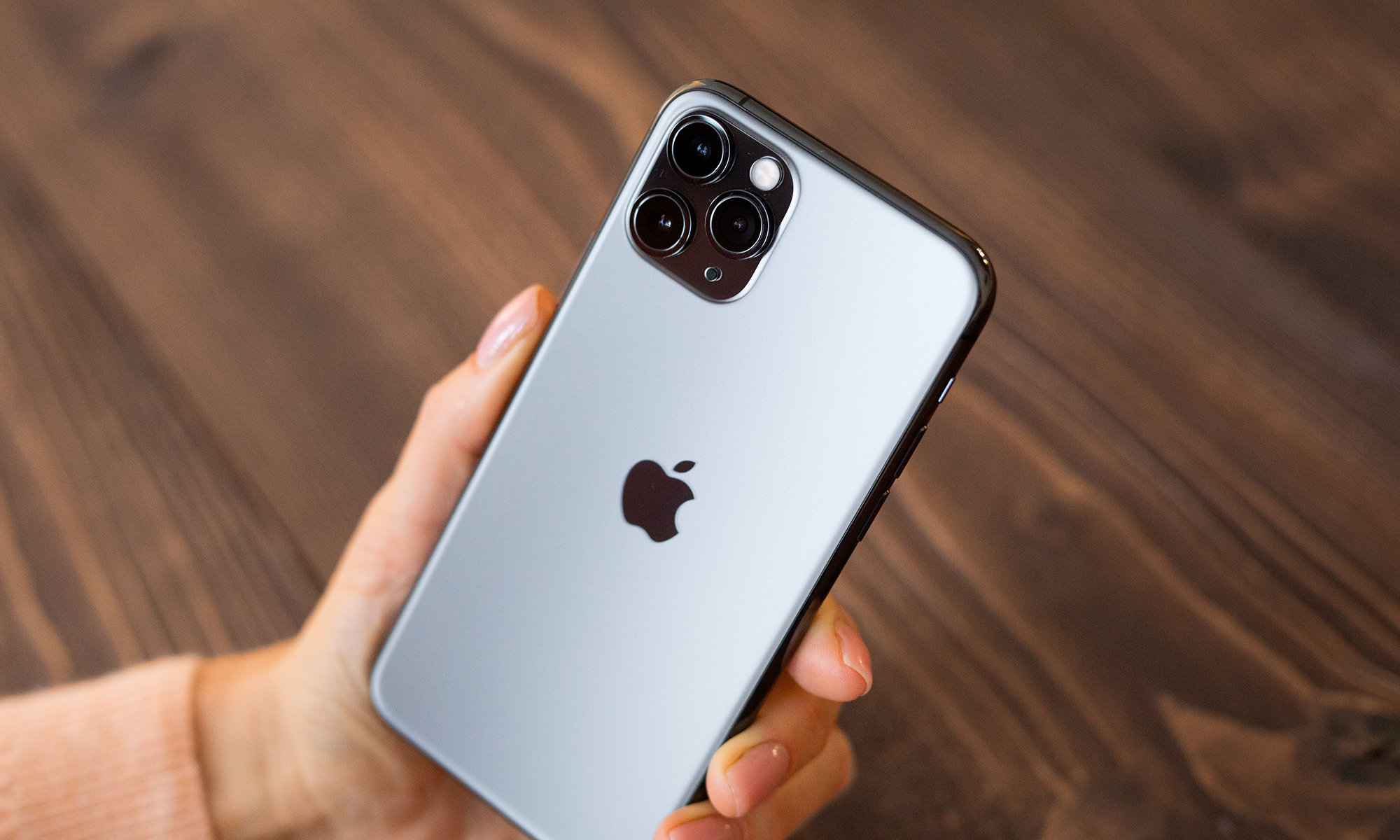Today's flagship Android devices typically feature Quad HD displays -- that is, displays featuring resolutions of 2560 x 1440. In contrast, Apple's (AAPL +0.54%) iPhone 6s features a resolution of "just" 1334 x 750 and the iPhone 6s Plus comes with a 1920 x 1080 display.
Now, there are good technical and financial reasons for Apple to want to stick to lower-resolution panels than the competition. From a technical perspective, higher-resolution displays generally consume more power than do lower-resolution ones, which could lead to lower battery life.
From a financial perspective, higher-resolution displays are likely more difficult to manufacture, leading to increased manufacturing costs and ultimately lower profit margins. Given the huge volumes of iPhones that Apple ships each and every year, the company needs to ensure that each iPhone component can be manufactured at low cost in high volumes, lest margins and/or supply suffer.
That being said, I believe that Apple will increase the display resolutions of its next-generation iPhones. Here's why.
Sticking points
Although Apple's iPhones do extremely well in the marketplace, I am sure that the company actively looks for any and all ways to increase its share of the smartphone market.
In third-party reviews of the iPhone 6s/6s Plus, reviewers have pointed to the relatively low resolution of the iPhone 6s/6s Plus displays compared to top-tier Android flagships as a negative.
Indeed, although I personally believe that the iPhone 6s/6s Plus have very good, sharp displays, I recently had the opportunity to use a friend's LG G4 (which features a very nice 2560 x 1440 LCD) and believe that such a display on a future iPhone would be an excellent and worthwhile upgrade.
In fact, not only was the display on the LG G4 that I had the opportunity to use nice and sharp, but it looked quite nice. Unsurprisingly, in AnandTech's testing of the LG G4, the display offered deeper blacks and higher contrast than either the iPhone 6 or the iPhone 6 Plus (though the iPhone 6/6 Plus won the color accuracy tests ).
This suggests to me that the technology exists for Apple to include not only better-quality displays in its next-generation iPhones but much sharper ones as well. User experience would, in my view, be improved and Apple would have a compelling selling point to get users of older iPhones to upgrade (and potentially even lure over some spec-obsessed Android users).
Engineering challenges abound
Although I believe that Apple will move to higher resolution displays with the iPhone 7/7 Plus (my guess is that the iPhone 7 will move to a 1920 x 1080 panel and the iPhone 7 Plus will feature a 2560 x 1440 panel), I suspect that doing so will be quite the engineering challenge for the company.
The iPhone 7/7 Plus are rumored to be substantially thinner than the iPhone 6s/6s Plus (and even the iPhone 6/6 Plus), which means that Apple probably won't have a lot of room to increase the battery capacity of these devices. At the same time, Apple will need to make sure to keep battery life flat to the prior-generation devices.
Apple and its display manufacturing partners will have to do quite a lot of hard engineering in order to move to a higher-quality, higher-resolution display that doesn't consume much more additional power relative to the displays found on current iPhones. But, of course, that's why Apple has continued to substantially ramp up its research and development spending:

Source: YCharts.






